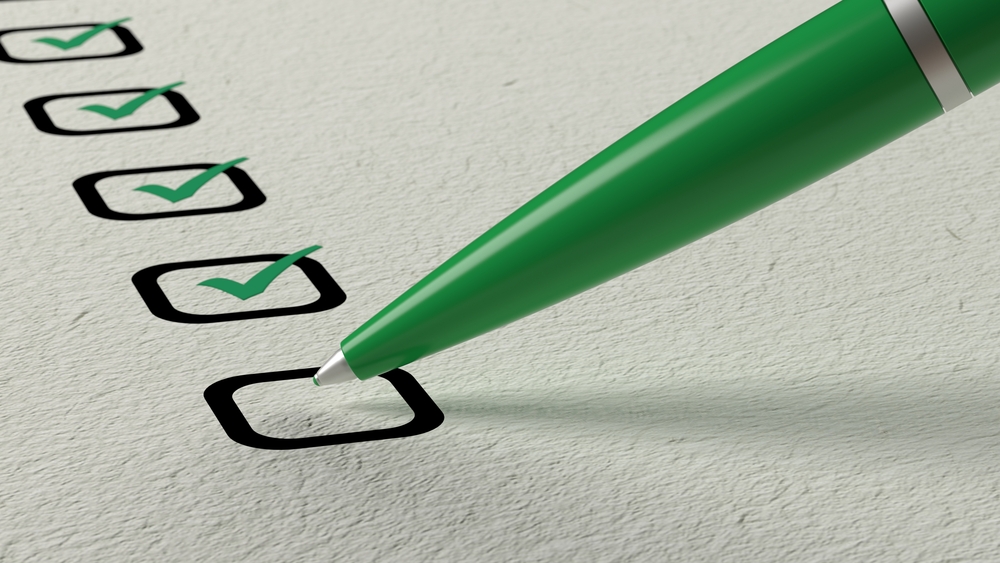Moving to a new home can be both an exciting and daunting experience. The anticipation of a fresh start in a new environment is often accompanied by the stress of packing, organizing, and ensuring a smooth transition from one place to another. But fear not! With a well-structured residential moving checklist, you can streamline the process and minimize the hassle associated with moving. In this guide, we will walk you through a comprehensive moving checklist to help you plan and execute a successful residential move.

Complete Moving Checklist
Moving can be a complex endeavor, with various tasks and responsibilities to juggle. Having a detailed residential moving checklist can be a lifesaver, helping you stay organized and on track throughout the process. Whether you’re moving across town or to a different state, the fundamentals of moving remain the same. By following this moving checklist, you’ll ensure that you don’t miss any crucial steps and that your residential move is as stress-free as possible.
1. Start Early
One of the most critical aspects of a successful residential move is to start planning and preparing well in advance. Ideally, you should begin the process at least two months before your moving date. Here’s what you should do during this initial phase:
- Create a moving folder or binder to keep all your important documents, receipts, and notes in one place.
- Set a budget for your move to help you manage expenses effectively.
- Research and contact moving companies to obtain quotes and schedule your move.
- Notify your current and future utility providers about your move to ensure a seamless transition of services.
- Declutter your home by sorting through your belongings and deciding what to keep, donate, or discard.
2. Create a Moving Timeline
A residential move involves various tasks that need to be completed in a specific order. A moving timeline will help you stay on top of everything. Break down the timeline into manageable chunks, including:
- Packing schedule: Determine when you’ll pack each room and create a list of packing supplies you’ll need.
- Change of address: Update your address with the post office, banks, credit card companies, and any other relevant institutions.
- School and medical records: If you have children, arrange for their school records to be transferred to their new school, and gather all medical records for your family.
- Packing and labeling: Label your boxes clearly with their contents and the room they belong to. This will make unpacking a breeze.
3. Packing and Organization
Packing for moving is often the most time-consuming aspect of a residential move. To make this process smoother, follow these steps:
- Begin packing non-essential items early, such as off-season clothing and rarely used kitchen appliances.
- Use sturdy boxes, packing paper, bubble wrap, and packing tape to protect your belongings.
- Pack one room at a time to stay organized and reduce confusion.
- Create an inventory list of all your possessions and their condition to facilitate insurance claims in case of damage or loss.
- Don’t forget to pack a “moving day essentials” box with items like toiletries, a change of clothes, and important documents that you’ll need immediately upon arrival at your new home.
4. Hire Professional Movers or Enlist Help
Deciding whether to hire professional movers or rely on the help of friends and family is an important decision. Consider the following:
- Professional movers: They can handle heavy lifting and transport your belongings safely and efficiently. Make sure to book well in advance.
- Friends and family: If you choose to enlist help, communicate your moving date and expectations clearly to avoid any last-minute surprises.
5. Moving Day
On moving day, ensure everything goes smoothly by adhering to these essential steps:
- Pack a cooler with snacks and drinks to keep your energy up throughout the day.
- Conduct a final walkthrough of your old home to ensure nothing is left behind.
- Take pictures of utility meter readings and the condition of your old home to avoid disputes later.
- Have a contact person at your new home to oversee the unloading and placement of your belongings.
6. Post-Move Tasks
Once you’ve arrived at your new residence, there are a few post-move tasks to complete:
- Unpack strategically, starting with essential items and gradually working your way through each room.
- Update your driver’s license, vehicle registration, and voter registration to reflect your new address.
- Explore your new neighborhood and locate essential services like grocery stores, healthcare facilities, and schools.
7. Settling In
Finally, take the time to settle into your new home:
- Meet your neighbors and begin building a sense of community.
- Make any necessary home improvements or repairs.
- Decorate and personalize your new space to make it feel like home.
- Keep your residential moving checklist handy for reference in case you encounter any unexpected issues during the transition.
Residential moving can be a challenging process, but with a well-organized moving checklist, you can make it considerably less stressful. From the initial planning stages to settling into your new home, following a structured timeline and a moving checklist will ensure that you don’t overlook any critical details. Remember that every move is unique, so feel free to tailor this checklist to your specific needs. By taking these steps, you’ll be well on your way to a successful and smooth residential move, allowing you to focus on the exciting journey ahead in your new home.



